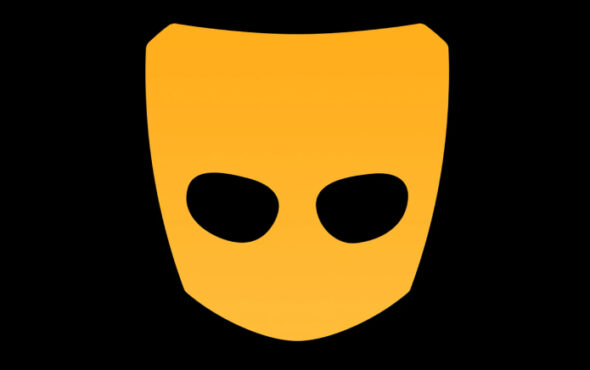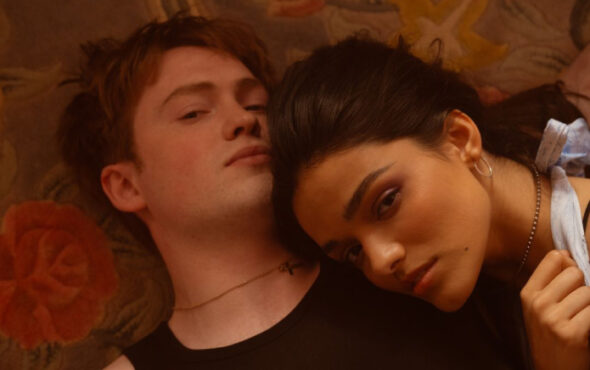
Please note: some readers may find this content graphic.
I didn’t want to walk through the graveyard that day. I knew he’d be parked at gates hidden at the back of the graveyard. I can’t recall details of that day with clarity: skin, fragments, flesh, the urge to vomit and the smell on my fingers I could never scrub off. I thought I’d never get clean and knew in no uncertain terms my mother would kill me if she learned of the things happening. I was 13-years old and just starting secondary school and my family were distracted by my older brother’s motorbike accident.
As a young teen I aspired to be adrift and fey, a self-styled recluse. I knew the kind of character I wanted to be when I grew up: the lovechild of Elvira and Quentin Crisp. I built my identity around being out-of-synch, cultivating a morbid scathing disposition and developing a talent for disassociation. Like other queer kids I could be self-contained and quietly assertive or witty, misanthropic or even mean-spirited. I was a creature with shades of ambivalence. As queer kids we’ve all been chameleons at some point. We’ve had no other choice – and had choices taken directly from us.
It was my first year of secondary school and during the summer my brother had a motorbike accident that left him with an amputated leg and a shattered pelvis. My mother spent her time at Saint Vincent’s Hospital and I hadn’t seen my father for years. At school, I didn’t know anyone else and I didn’t care. I preferred to sit alone, read and daydream. I refused to catch the school bus home and took long, circuitous routes home on forgotten arterial dust paths navigating flailing branches and unforgiving shrubbery and narrow roads pitted with potholes.
I relished my solitude, but I wouldn’t be alone for much longer.
The man drove a white van. I walked alone by the quays and leaned on a wall that overlooked the river and stared down at the miserable grey. I’d spoken to this man a couple of times when I’d hitched a lift home from school and he’d told me he had a job, I was a kid and needed the money. He led the conversation and was a tall man with sharp features and broad-shoulders. He fired out questions:
“How old are you?” he asked.
I told him the truth.
“Do you have a girlfriend? He asked.
I told him the truth.
“Good,” he smiled.
Horror and fantasy sustained me, with monsters, ghosts and vampires becoming a kind of dark hope breaking through the psychotic monotony and sordidly sinister encounters of my boyhood. I absorbed and lost myself in their domain and I took all my journeys there. Lithe young girls running from masked lunatics and ghosts. Witches, blood-soaked teenagers, mystics, grunge musicians, and intergalactic town-consuming aliens. I’d spent most of my life staring into the abyss and the abyss didn’t just stare right back, it gave me the strength and coping mechanisms to fight the real monsters.
I got out of the van and vomited into a nearby ditch. The only thing he said when he slammed the door before he drove off without me was: “I’m fucking you next time.”
It rained, and I had to walk two miles, crying all the way home. I drank myself numb with some vodka my mother had hidden away. From that day, I felt like I was staggering through existence as a ghost.
In my later teens: I could imagine I had a symbiotic relationship with the books and graphic novels I picked off shelves from second-hand bookstores. Which often had lurid and garish covers of archetypal monsters. This subgenre was closely affiliated with the lower echelons of the pulp racket and therefore largely ignored. Descriptions of violence and prose as elegant as anything Shirley Jackson or Oliver Onions ever put on paper overlapped seamlessly. On a symbolic level: it signified fear and transgressive sexuality and afforded me the protective skin to survive.
I’m certain of one thing: Monsters are Real.
Words Alan Kelly AN KELLY



